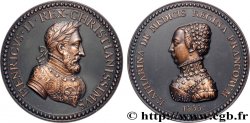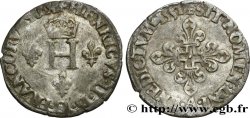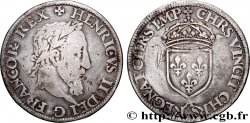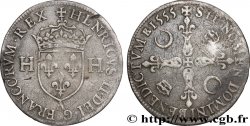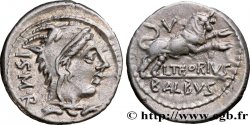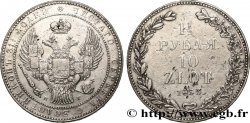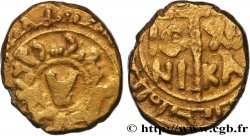Live auction - bry_481453 - HENRY II Henri d'or, 1er type, faux d’époque 1554
You must signin and be an approved bidder to bid, LOGIN TO BID. Accounts are subject to approval and the approval process takes place within 48 hours. Do not wait until the day a sale closes to register. Clicking on "BID" constitutes acceptance of the terms of use of cgb.fr private live auctions.
Bids must be placed in whole Euro amounts only. The sale will start closing at the time stated on the item description; any bids received at the site after the closing time will not be executed. Transmission times may vary and bids could be rejected if you wait until the last second. For further information check the Live auction FAQ
All winning bids are subject to a 18% buyer’s fee.
All winning bids are subject to a 18% buyer’s fee.
| Estimate : | 5 000 € |
| Price : | 3 000 € |
| Maximum bid : | 3 450 € |
| End of the sale : | 05 June 2018 16:11:40 |
| bidders : | 1 bidder |
Type : Henri d'or, 1er type, faux d’époque
Date: 1554
Metal : gold
Millesimal fineness : 958 ‰
Diameter : 25 mm
Orientation dies : 3 h.
Weight : 3,40 g.
Rarity : R3
Coments on the condition:
Cet henri d’or est frappé sur un flan irrégulier et assez large. Exemplaire présentant de hauts reliefs. Petite faiblesse de frappe sur le bras gauche de la croix du revers
Catalogue references :
Predigree :
Exemplaire provenant de la collection L.G. issu d’un dépôt monétaire découvert dans le sud des Pays-Bas et vendue à l’époque par la maison Schulmann à Kampman
Obverse
Obverse legend : .HENRICVS. II. D. G. FRAN. REX.
Obverse description : Buste de Henri II à droite, cuirassé ; au-dessous un P.
Obverse translation : (Henri II, par la grâce de Dieu, roi des Francs).
Reverse
Reverse legend : (SOLEIL) DVM. TOTVM. COMPLEAT. ORBEM. 1554.
Reverse description : Croix formée de quatre H couronnées, cantonnée aux 1 et 4 d’un croissant, au 2 et 3 d’un lis ; un O en cœur de la croix du revers.
Reverse translation : (Pour qu'il remplisse l'Univers).
Commentary
Les henris d’or de Moulins ne sont attestés et connus que pour l’année 1551. Cet Henri d’or, présente un buste un peu particulier et semble être un faux d’époque.
The Henri d'Or of Moulins are only attested and known for the year 1551. This Henri d'Or has a somewhat unusual bust and appears to be a period fake.
The Henri d'Or of Moulins are only attested and known for the year 1551. This Henri d'Or has a somewhat unusual bust and appears to be a period fake.







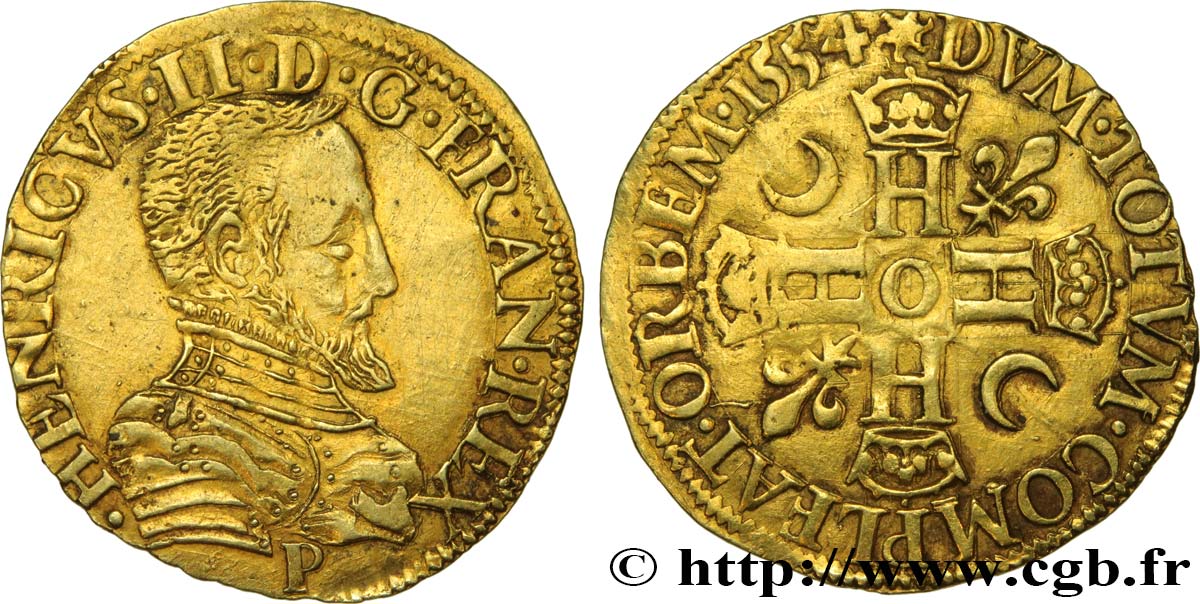
 Report a mistake
Report a mistake Print the page
Print the page Share my selection
Share my selection Ask a question
Ask a question Consign / sell
Consign / sell
 Full data
Full data